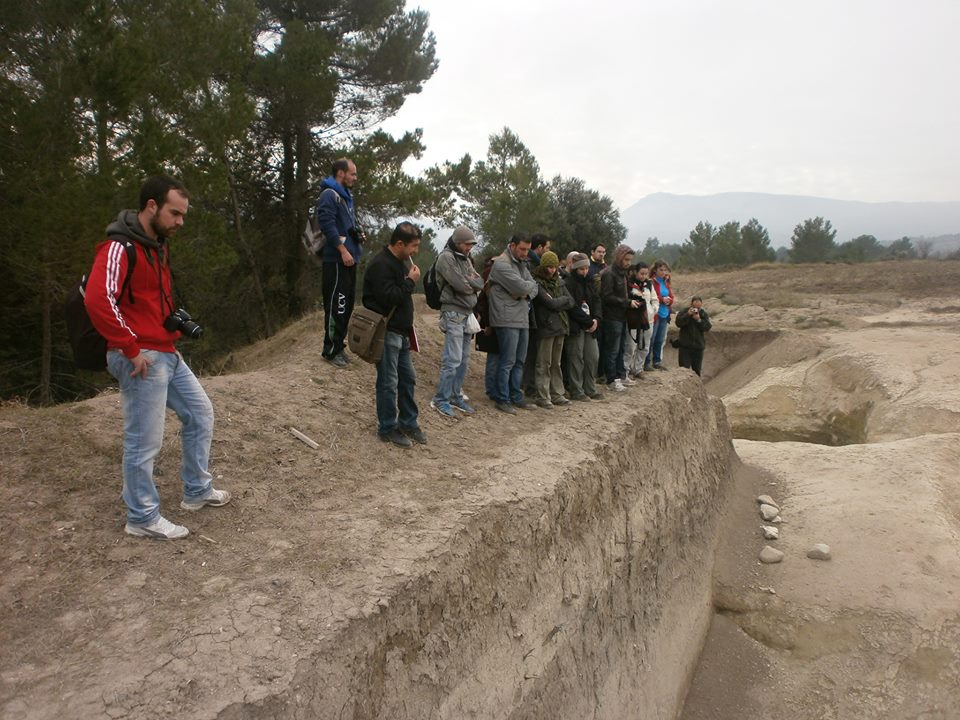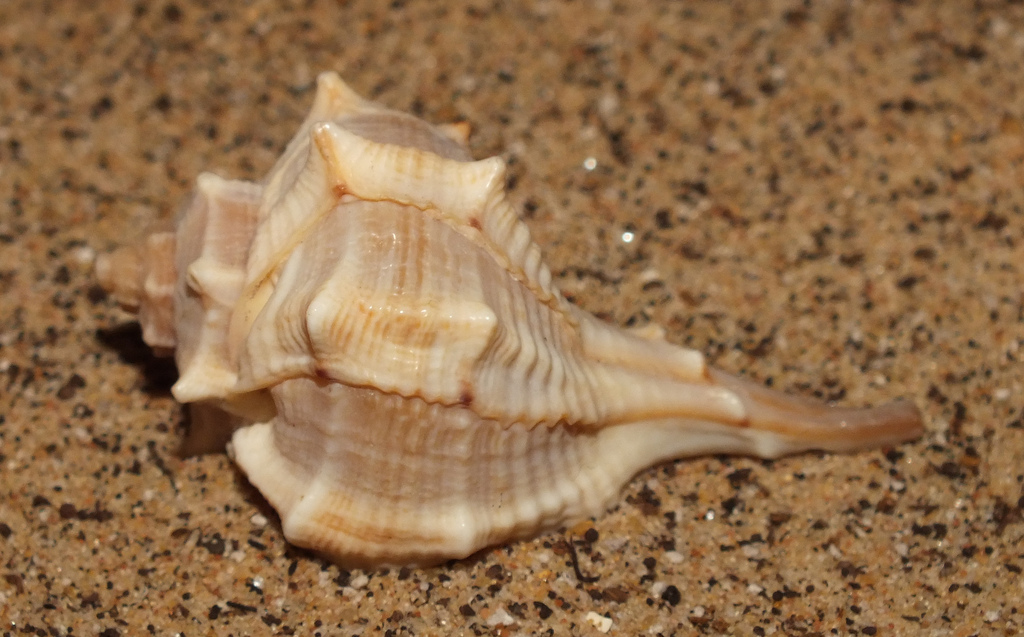Knowing how life was in an Iberian village 2,300 years ago is possible thanks to the archaeological research developed in sites such as La Bastida de les Alcusses, located at the area of Moixent.
10 march 2016
This settlement, located at the extreme southwest of Serra Grossa, benefited from a strategic position in the northern part of the Iberian Contestania, which allowed for controlling the natural way that communicates the lands of the Alicante’s coastline and the lower course of the Vinalopó River with the Meseta.
Famous from the first decade of the 20th century, it was object of excavations between the years 1928 and 1931 by the recently founded Prehistory Research Service and Prehistory Museum of the Valencian Government. These intense campaigns discovered an important part of its urban structure and also provided important findings of moveable nature, where we emphasise small sheet leads with Iberian writings and, specially, a little bronze figure that has passed on to posterity as the Warrior of Moixent. From its importance, the site was declared Artistic Historical Monument in 1923.
The Prehistory Museum of Valencia has gathered in a monograph published on 2011 the result of the archaeological campaigns that have been undertaken in different periods and that have made out of this village one of the best references to know the Iberians way of life, including the species of fauna and flora with which they lived together. One of the most interesting data resides in his short existence, of barely a century, violently truncated in the middle of the 4th century B. C.
The village reached a six-hectares area, limited by a powerful wall reinforced with three towers and equipped by four doors, one of them blocked. From its urban physiognomy we emphasise a series of houses grouped in blocks and arranged in both sides of a long street. In these houses we have registered a prominent abundance of really different findings (domestic dishes, loom elements, agricultural tools, weapons, etc.), which provide data of great interest on the everyday life of its inhabitants.
The essential economic activity was agriculture and farming. Its strategic location favoured the interchange of raw materials and manufactured goods by prestigious projects, such as Greek ceramics.
The Prehistory Museum of Valencia has been developing during the last years an important labour in terms of dissemination ofLa Bastida de les Alcusses. The site has been consolidated and even one of its houses has been entirely rebuilt. It is put up for visits and has an interesting offer of didactic workshops. To know how life was 2,300 years ago at the Pla de les Alcusses and la vall de l’Alforí de Fontanars, there is nothing better than visiting La Bastida de les Alcusses.










